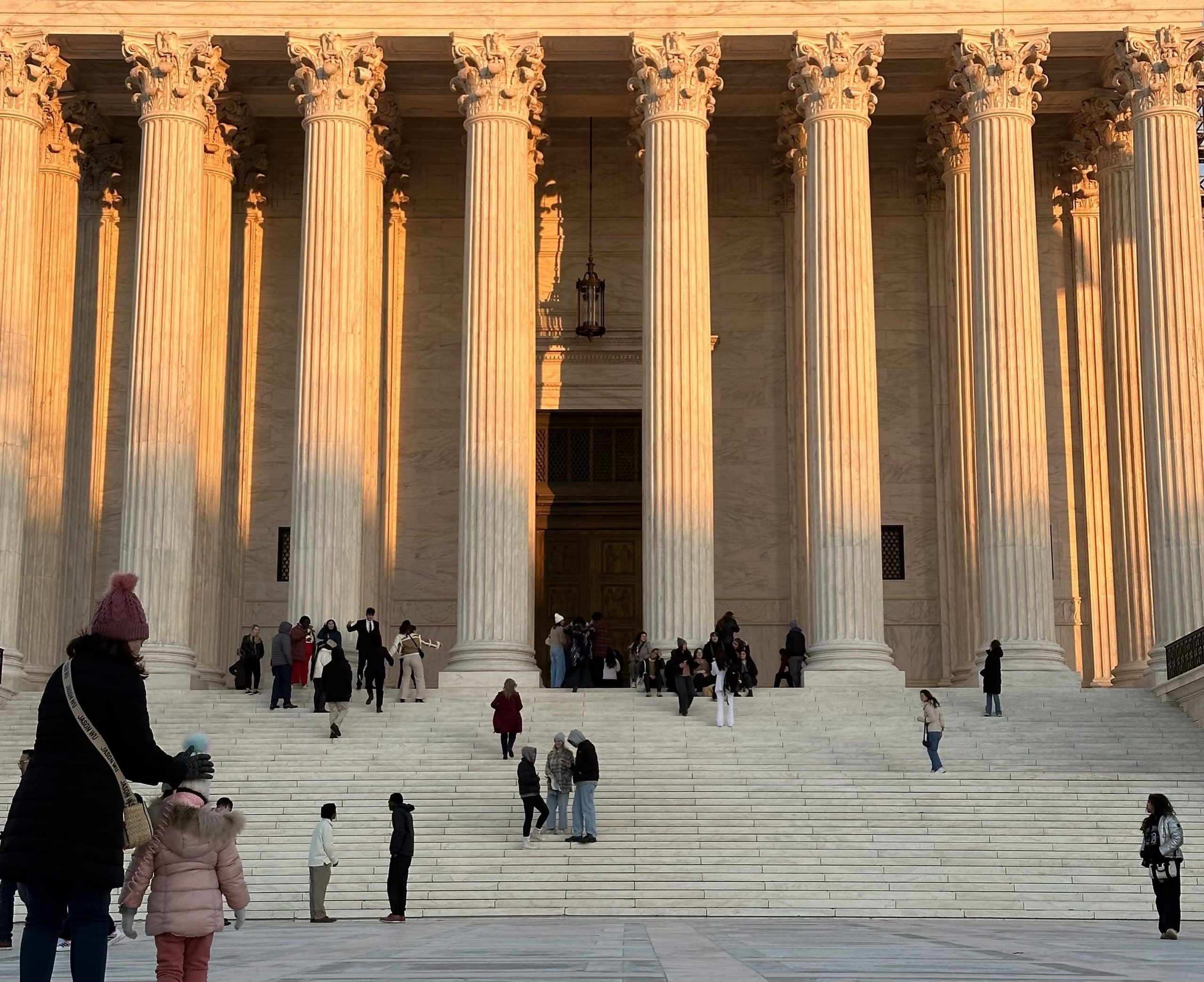OPINION ANALYSIS
Justices side with Starbucks in union organizing dispute

on Jun 13, 2024 at 4:44 pm

The April argument in Starbucks Corp. v. McKinney suggested a bench so pervasively skeptical of the National Labor Relations Board’s position that Thursday’s decision briskly rejecting the government’s argument should surprise nobody. The basic issue in the case is what the NLRB has to prove to get a preliminary injunction against an employer (in this case, Starbucks) while it conducts administrative proceedings to determine if the employer committed an unfair labor practice. The lower courts applied a highly deferential standard that, in practice, leads to injunctions pretty much whenever the agency asks for one. Justice Clarence Thomas’s succinct opinion for eight of the nine justices (all but Justice Ketanji Brown Jackson, who concurred in the judgment but dissented from part of the opinion’s reasoning) firmly rejected that standard.
Thomas started with the language of the statute (Section 10(j) of the National Labor Relations Act), which calls for a preliminary injunction whenever the district court “deems” it “just and proper.” Thomas affirmed “a strong presumption that” courts authorized to grant equitable relief “will exercise that authority in a manner consistent with traditional principles of equity.” He then explained that in the context of preliminary injunctions, “the four criteria identified in Winter [v. Natural Resources Defense Council] encompass the relevant equitable principles.” Thomas went on to emphasize that preliminary injunctions are “extraordinary” and “never awarded as of right,” requiring among other things a “clear showing” that the claimant “is likely to succeed on the merits.” And the justices “do not lightly assume that Congress has intended to depart from established principles” like the ones articulated in Winter.
Within that framework, “the statutory directive to grant relief when the district court ‘deems’ it ‘just and proper’ [does not] jettison the normal equitable rules.” Rather, Thomas reasoned, “[t]o the contrary, the phrase ‘just and proper’ invokes the discretion that courts have traditionally exercised.” Congress repeatedly has adopted statutes that unambiguously depart from those principles, he noted, offering a variety of examples, one of which comes from the National Labor Relations Act itself. But Section 10(j), unlike those statutes, “omits an specific instruction that suggests Congress altered the traditional equitable rules.”
Finally, Thomas turned to the agency’s argument that the NLRA’s “statutory context” justifies a special application of equitable considerations in for Section 10(j). Thomas rejected that argument, commenting that the NLRB’s preferred standard “goes far beyond simply fine tuning the traditional criteria [because] it substantively lowers the bar for securing a preliminary injunction by requiring courts to yield to the Board’s preliminary view of the facts, law, and equities.” Thomas was most emphatic in his analysis of “what the Board, as movant, must show about the merits of its claims” under its proposed standard. As discussed above, the “traditional standard” requires “a clear showing” of “likel[ihood of] success on the merits,” which typically requires the “district court [to] evaluate any factual conflicts or difficult questions of law.” Thomas ridiculed the agency’s standard, under which the NLRB need “show only that its theory of the case is ‘substantial and not frivolous,’ without having to convince the court that its theory is likely meritorious.” Indeed, Thomas claims, “it is hard to imagine how the Board could lose under [its] reasonable-cause test if courts deferentially ask only whether the Board offered a plausible legal theory, while ignoring conflicting law or facts.”
Jackson joined her colleagues in the decision to send the case back to the lower court for reevaluation under the four-factor test. But she differed on the court’s conclusion about the likelihood-of-success factor. Thomas’s opinion, she wrote, ignored Congress’s “clear and comprehensive” directives in the NLRA on how courts should exercise discretion when it comes to the NLRB’s authority over labor disputes. “Unfortunately,” she wrote, “today’s decision appears to be another installment in a series of labor cases in which this Court has failed ‘to heed Congress’s intent.’” And in what may come to ring like a theme for the term, Jackson closed by saying, “I am loath to bless this aggrandizement of judicial power where Congress has so plainly limited the discretion of the courts, and where it so clearly intends for the expert agency it has created to make the primary determinations.”
As I noted, the tone of the oral argument left little doubt that a strong majority of justices would dismiss the agency’s standard for relief. The near-unanimous vote suggests that the NLRB would have lost this one even without the deep skepticism some justices have shown in recent years to the NLRB’s reach.


